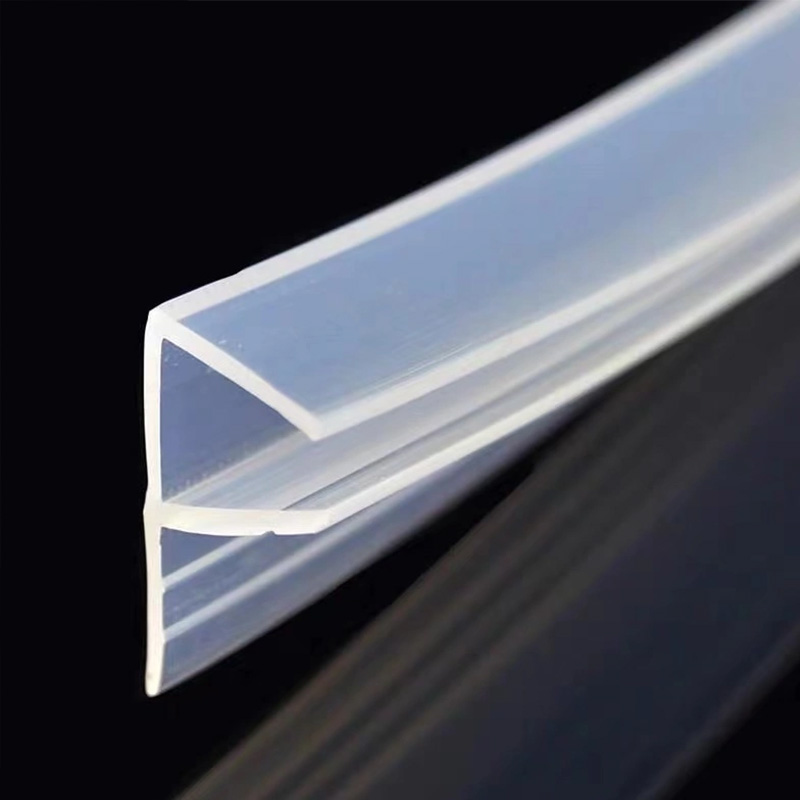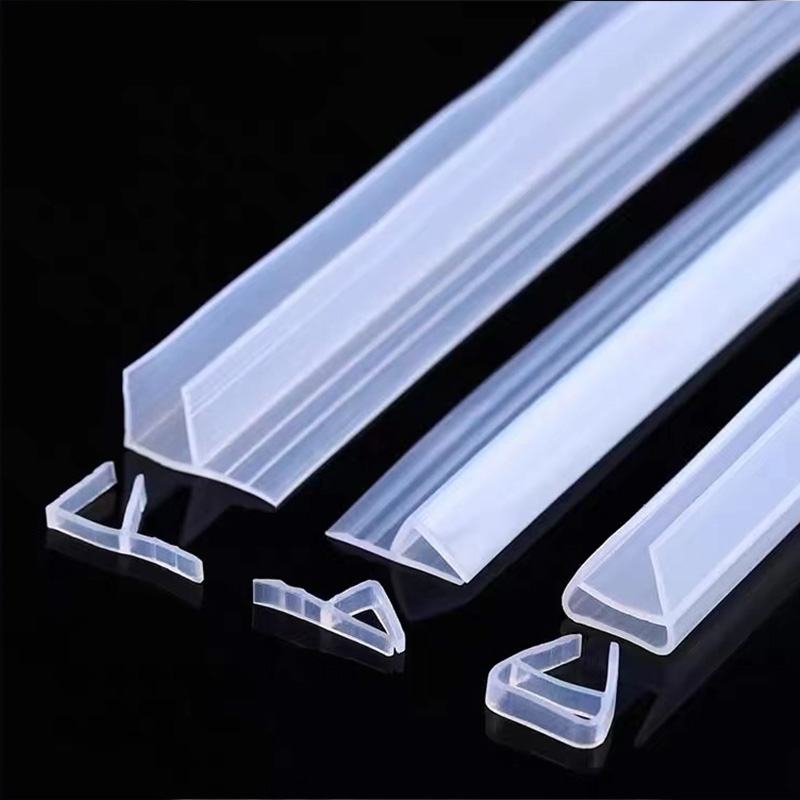The seal around an exterior door has several functions. It seals out noise, drafts, rain and even insects. Over time, the door seal can rot and crack, preventing the door from sealing shut. This is not only unattractive, but it is also inefficient, as the drafty air can increase heating and cooling costs. New door seals are easy to install and can reduce your energy costs in the long run. There are three main exterior door weatherstripping types of seals: adhesive-backed foam, flanged vinyl bubble and vinyl-bubble wrapped with a metal, nail-on flange.
Flanged Bulb Style
-
Remove the Weatherstripping
Open the door and grasp the weatherstripping with your fingers. Pull firmly to dislodge the weatherstripping's flange from the groove cut into the door jamb. Remove the weatherstripping. Do this for the upper jamb as well as both vertical jambs. -
Measure the Horizontal Jamb Width
Measure the the horizontal jamb width, then use a utility knife to cut a new piece of weatherstripping to fit. Push the flange into jamb's groove with your fingers. -
Measure the Vertical Jamb Heights
Measure the left and right vertical jamb heights. Cut the new weatherstripping slightly longer than this measurement. The excess will be cut off once installed. -
Cut the Weatherstripping
Cut the top of each vertical section of weatherstripping to match the rounded profile of the horizontal weatherstripping piece. This ensures a tight seal at the corners where the vertical and horizontal pieces meet. -
Install the Weatherstripping
Push the weatherstripping into the vertical jamb's grooves, starting at the top and working down. Cut off excess weatherstripping at the bottom with a utility knife.
Adhesive Foam Style
-
Remove Foam Weatherstripping
Scrape off the old foam and adhesive with a putty knife. Clean the remaining adhesive residue with an adhesive remover. -
Prepare a New Section of Weatherstripping
Peel the backing from one end of the weatherstripping and stick it to the inside corner of the horizontal jamb. Unroll the weatherstripping and peel the backing as you stick the weatherstripping to the jamb, working your way across. Cut the weatherstripping with the utility knife at the opposite corner. -
Replace Door Weather Stripping
Peel and stick the weatherstripping along the vertical jambs, making sure to butt the ends tight to the horizontal piece of weatherstripping and at the bottom against the door sill.
ADVERTISEMENT
Article continues below this ad
Metal Flange Style
-
Uninstall the Old Weatherstripping
Remove the screws or nails holding the old weatherstripping to the doorjamb, then remove the weatherstripping. You may need a pry bar to remove the nails. -
Measures Horizontal Jamb Distance
Measure the horizontal jamb distance, then cut the new weatherstripping to size. Cut the vinyl part with a utility knife, then cut the metal flange with a hacksaw, says Ron Hazelton. -
Place the Weatherstripping in the Jamb
-
Close the door, then place the new weatherstripping in the jamb, with the vinyl seal against the door. The seal should be slightly compressed against the door. -
Secure the Weatherstripping
Screw or nail the new weatherstripping to the jamb using the supplied screws or nails. -
Measure the Vertical Jamb Heights
Measure the heights of the vertical jamb sections and cut them to size. Do not cut the end that has a preformed, rounded profile. This end will overlap the horizontal weatherstripping piece. -
Install the New Weatherstripping
Place the vertical pieces against the insides of the door jambs, making sure the rounded profile is at the top and overlapping the horizontal weatherstripping section. Screw or nail the flanges to the jambs.
Things You Will Need
- Tape measure
- Flanged vinyl bulb weatherstripping
- Utility knife
- Putty knife
- Adhesive-backed foam weatherstripping
- Adhesive remover
- Metal flange weatherstripping
- Hacksaw
- Pry bar, if needed
- Screwdriver, if needed
- Hammer
- Drill/driver
ADVERTISEMENT
Article continues below this ad
Warning
It's important to always follow proper safety precautions when working with sharp tools. Wear safety goggles and protective gloves while preparing and installing the weatherstripping.









